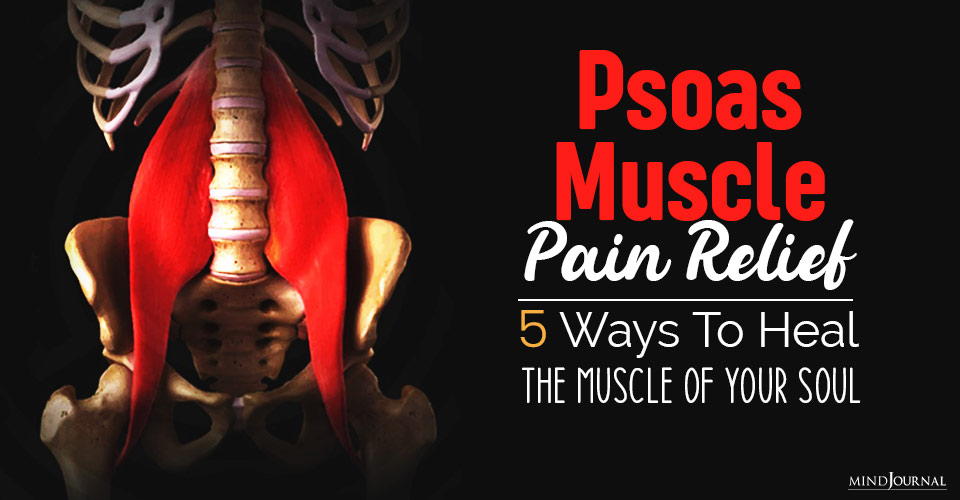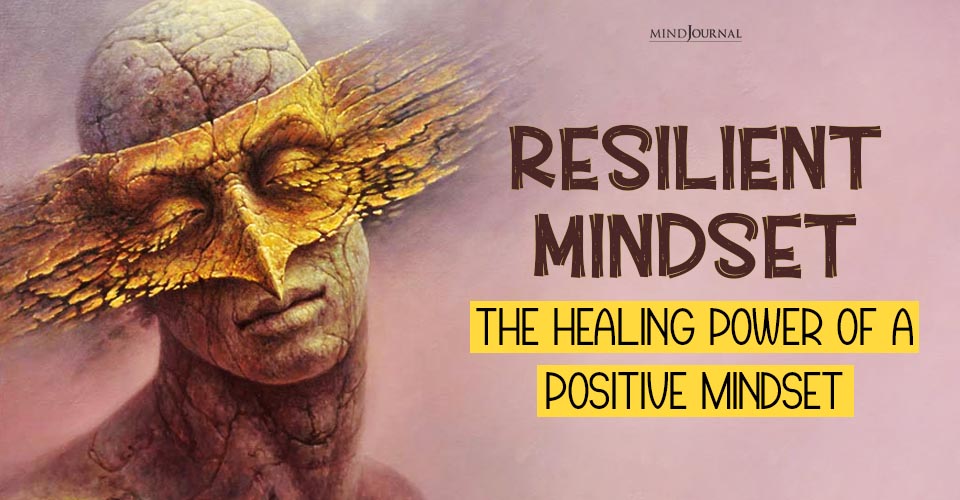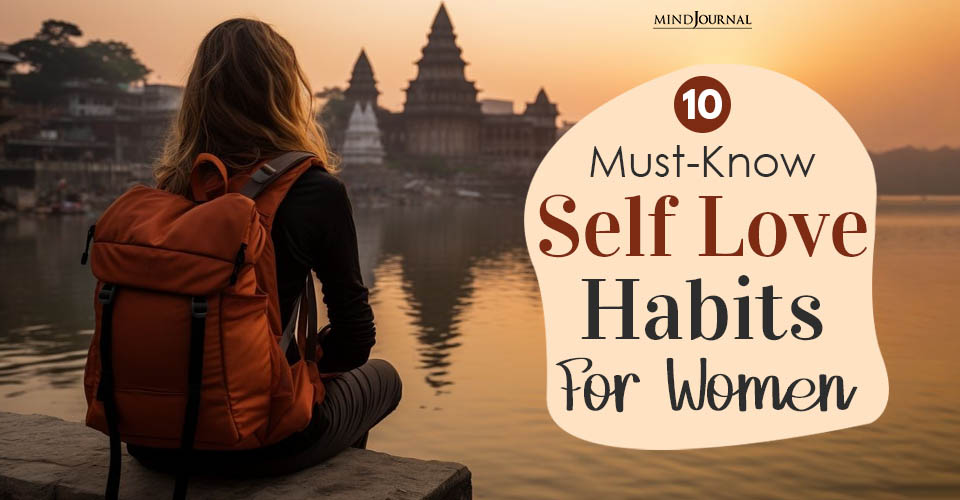Do you want to sleep better? Do you want to be less stressed? And be happier naturally? Then it’s time you knew about the “muscle of the soul” known as the Psoas muscle (pronounced so-as).
We all know that depression, anxiety, and fear reside inside our minds. But it may also be in the deepest muscle of our bodies as well. This is why relieving Psoas muscle pain can be the secret to a happier and healthier life.
The psoas is responsible for balancing and stabilizing your body. The muscle runs from the hip bone, keeps your body upright, and helps in moving. It also helps with –
- Structural balance
- Mobility
- Muscular integrity
- Joint movement
- Strength
- Range of motion
- Flexibility
It ensures that the organs in the abdominal area function effectively. The psoas muscle directly connects the lower half of the body to the upper half of the body. This just goes to show how important this muscle is and why you should know about it.
What is the psoas muscle?
“While working with my psoas, I discovered I had released years of back pain and emotional distress which awoke within me a deep sense of pleasure. I became passionate that people should know what an extraordinary role the psoas plays in recovering health and gaining a sense of wholeness.” – Liz Koch
This core-stabilizing muscle found near your hip bone is perhaps the most crucial muscle in the body. You wouldn’t be able to stand upright without this important muscle group. Being the only muscle that connects your spine to your legs, the Psoas is the primary connector that is responsible for letting you lift your legs up to walk. When functioning properly, this muscle helps to stabilize your spine and offers necessary support through your torso. It creates a shelf for all your vital organs present in the core.
Your psoas muscles allow you to run, cycle, lift weights, practice yoga, dance, and even relax on your couch. Comprised of both fast and slow twitching muscles, it could lead to several pains and aches in the body, like lower back pain, when overstretched, overused or tight.
Various types of movements can strain this muscle like externally rotating your leg while extended (martial arts or ballet) or twisting your waist while standing firm with your feet or even excessive ab crunches or sit-ups. However, as its complexity is still mysterious to many experts, most of the time we are wrongly diagnosed for Psoas muscle pain and its treatment.
Related: CV 17: Press This Button On Your Body To Relieve Stress And Anxiety
The ‘soul muscle’
Did you know the Psoas muscle may be related to your mental, emotional, and physical well-being? According to studies, this mysterious deepest muscle in your muscular system may very well be linked to your mood and happiness apart from just your mobility.
Author of The Psoas Book, Liz Koch says –
“The psoas literally embodies our deepest urge for survival, and more profoundly, our elemental desire to flourish… It is much more than simply a muscle, it can be perceived as the guardian or spokesperson of Dan Tien, Hara, or what is commonly referred to as your ‘gut intuition’. In some spiritual philosophies, the psoas is referred to as ‘the muscle of the soul’.”
So there just might be a lot more to this muscle than meets the eye. It is also connected with your diaphragm through fascia or connective tissue, where physical manifestation of anxiety and fear reflex mostly occurs. The author also believes the psoas muscle is directly connected with the spinal cord that leads to the reptilian brain, which is the most ancient part of your brain stem. It is responsible for our fight or flight response but not related to thinking.
Koch, who has studied the psoas for over 40 years, says –
“Long before the spoken word or the organizing capacity of the cortex developed, the reptilian brain, known for its survival instincts, maintained our essential core functioning.”
Hence, when the psoas muscle becomes tense, your reptilian brain is also affected and may become tense as well. This can lead to a feeling of anxiety and misery.
“The psoas is so intimately involved in such basic physical and emotional reactions, that a chronically tightened psoas continually signals your body that you’re in danger, eventually exhausting the adrenal glands and depleting the immune system.” – Liz Koch
It is also believed that this muscle can greatly help you in connecting with the present moment and being mindful, particularly when you stretch it out and release tension from your body.
How to stretch the psoas muscles
If you are suffering from psoas muscle pain, then there are several stretches that you can practice to help relieve your pain and anxiety. Not only it can release tightness in your soul muscle, but these stretches can also help you feel less stressed and anxious.
However, you need to be aware of your body and all physical sensations while doing these stretches. If you feel any kind of pain or discomfort, then stop immediately and consult a professional. Breathe deeply as you practice each of the stretches mentioned here and release all mental and physical tightness to feel relieved.
Related: The Soul Of Yoga
Here are 5 Psoas muscle pain relief stretches that you can try to feel better-
1. Knees to Chest Pose
- Lie on your back with your legs and arms extended.
- While exhaling slowly, draw in both knees to your chest. Clench your hands around your legs. If possible, you can also wrap the forearms over the shins and grab each elbow using the opposite hand.
- While staying flat on the ground, release the shoulder blades downwards to the waist and widen your collar bones.
- Slightly tuck the chin inwards and look at your body’s center line.
- Hold this position for 1 minute while breathing naturally.
- If you can, gently rock your body back and forth or sidewise for a spinal massage.
- Release and extend your legs on the ground while exhaling. Repeat this stretch for 5 to 6 times.
2. Kneeling Lunge
- Get into a kneeling lunge position on the ground with one knee on the floor and the other leg bent at a 90 degree angle in front of you, keeping your foot flat.
- With your glutes tight, tuck in the tailbone and tilt the pelvis. Now move your weight toward your front knee maintaining the pelvic tilt.
- Make sure the tailbone is firmly tucked in and your lower back is not curved.
- Maintain this position for around 30 seconds to 1 minute and then relax. Now repeat with the other side.
- Practice three to five repetitions with each leg.
3. Happy Baby Pose
- Lie down flat on your back. Bend your knees and hold edges of your feet.
- While keeping your arms outside the legs, press your knees towards the ground near your armpits using your upper body strength.
- Maintain this position while you take 5 to 10 deep, slow breaths. Relax and rest for a bit and practice for 2 to 3 more times. Make sure to stay relaxed.
4. Pigeon Pose
- Get into a kneeling position and tuck in the left knee. Face it to the left side to keep your left leg bent and almost perpendicular to the right leg. Bring both your legs to the floor.
- Extend your right leg towards the back and try to keep it straight. Use your elbows and place them on the ground to stabilize yourself.
- If comfortable, fall down on your left leg while folding the upper body forward and get into a completely relaxed position.
- Maintain this position while taking 5 to 10 deep, slow breaths. Change sides and repeat for 3 to 5 times.
5. Frog Pose
- Begin in tabletop position by getting on your hands and knees. Keep your hands right below your shoulders and knees underneath the hips. Keep your forearms on the floor. You may use a Yoga mat or blanket for this.
- Spread your knees apart as much as possible and bend them in a way that your shins and your thighs get at a 90 degree angle. No you can flex your feet.
- Keep you tailbone down, tuck your front ribs in and keep your waist long.
- Take slow, long and deep breaths at least 5 to 10 times.
- It will take some practice, effort, patience and time to do this difficult pose properly.
Keep your Psoas healthy & happy
Apart from the stretches mentioned above, there are some other stretches and exercises that you can try to release pain from your psoas muscle. Healing and soothing your ‘soul muscle’ will enable you to get things balanced, both physically and emotionally. You will experience less pain and anxiety and feel more relaxed and grounded.
Here are a few tips that will help you to keep your psoas muscle healthy and pain-free:
- Make sure to avoid sitting for longer periods. And if you have to, sit with proper posture.
- Steer clear of extreme workouts. It’s best to alternate your exercise routines.
- Take Constructive Rest Position (CRP) which can relieve lower back pain as well as pelvic and hip tension.
- Use support for your car seat. You may use a rolled up towel or a cushion underneath your lumbar spine.
- Do Resistance Flexibility exercises which can significantly help your fascia.
- Get professional massages from expert practitioners.
- Get rid of stress and past emotional traumas from your mind and body. Practice meditation to release stress and keep your psoas happy.
Related: The Oldest Self-healing Method In The World: 10 Minutes A Day To Heal Your Soul
By strengthening your psoas and releasing stress in your ‘soul muscle’ through effective stretches, exercises, and healthy lifestyle habits, you can relieve pain, reduce stiffness and enhance your movement patterns. This will also help you to move with ease, have proper balance and good posture.
A happy psoas is the secret to a stress-free, healthy and happy life.













Leave a Reply